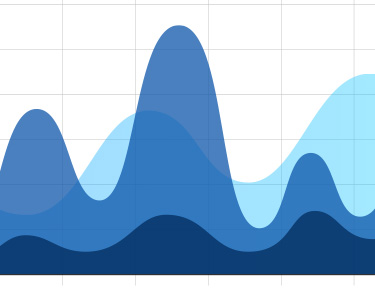Longitudinal and Correlated Data
 Correlated data are common in many health sciences studies, where clustered, hierarchical,
non-independent, and spatial data are frequently observed. A common feature of such
data is that observations are correlated, and statistical analysis requires taking
such correlation into account. Examples of clustered data include longitudinal data,
familial data, genetic data, genomic data, and analysis of multiple outcomes or recurrent
events. Hierarchical data are common in multi-center clinical trials and community/school-based
intervention studies, where correlation is due to several levels of clustering, such
as schools and classes. Spatial data arise in disease mapping, ecology, environmental
health and brain imaging, where data are correlated due to spatial proximity. Correlated
data are also observed in various genetic and genomic studies. Faculty in Biostatistics
are engaged in the design and the development of statistical methodology for such
correlated data. Examples of research areas include random effects models, estimating
equations, missing data, multiple outcomes, nonparametric/semiparametric regression,
measurement error models, and joint modeling survival and longitudinal outcomes.
Correlated data are common in many health sciences studies, where clustered, hierarchical,
non-independent, and spatial data are frequently observed. A common feature of such
data is that observations are correlated, and statistical analysis requires taking
such correlation into account. Examples of clustered data include longitudinal data,
familial data, genetic data, genomic data, and analysis of multiple outcomes or recurrent
events. Hierarchical data are common in multi-center clinical trials and community/school-based
intervention studies, where correlation is due to several levels of clustering, such
as schools and classes. Spatial data arise in disease mapping, ecology, environmental
health and brain imaging, where data are correlated due to spatial proximity. Correlated
data are also observed in various genetic and genomic studies. Faculty in Biostatistics
are engaged in the design and the development of statistical methodology for such
correlated data. Examples of research areas include random effects models, estimating
equations, missing data, multiple outcomes, nonparametric/semiparametric regression,
measurement error models, and joint modeling survival and longitudinal outcomes.
Faculty: V. Baladandayuthapani, M. Banerjee, T. Braun, M. Elliott, P. Han, N. Kaciroti, J. Kalbfleisch, R. Little, P. Song, J. Taylor, L. Wang, Z. Wu, W. Ye, M. Zhang, X. Zhou
